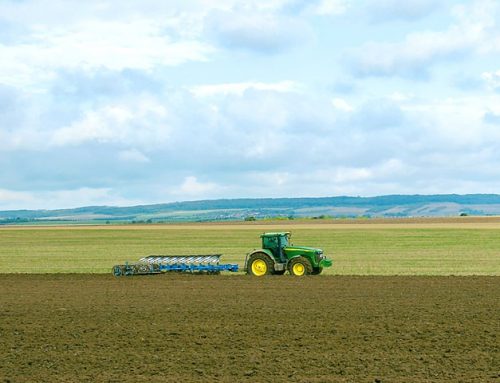Imagine you had the technology to determine where every insect in your field was and that you could spray only where the harmful insects were, saving pollinators and beneficial insects. This might sound like science fiction, but it is a reality: FaunaPhotonics has developed the technology and is working to bring it to farmers in collaboration with Bayer Digital Farming.
Agriculture has seen a dramatic adaptation of new technologies to combat weeds, diseases and to optimize farming in general in the last 10 years. Insect monitoring however is lagging behind, with field inspections and insect monitoring traps still being the preferred first defense for farmers against insect pests.
FaunaPhotonics, a Danish startup, has invented a light-based technology that can classify insects and alert the farmer if a critical presence of insect pests occurs in the field. The technology enables the farmer to target zones in the field with a high insect pest presence and thus target and decrease the amount of insecticides used. Since the beginning of 2017, Bayer Digital Farming has helped FaunaPhotonics by providing knowledge about insect behavior in oil seed rape.
An eye-safe laser beam, 15 cm in diameter, is directed over a field. Using a high-speed camera, reflections from insects flying through the beam are detected. Since the camera updates 3500 times per second, it is possible to determine the shape and movements of the insect. To distinguish objects from each other, humans use concepts such as color, texture and proportions. FaunaPhotonics insect sensor can extract information such as shininess, movement dynamics and color to distinguish insect species.
Two lasers with different wavelengths are used to detect color difference in insects. It is also possible to detect how shiny the wings and body of an insect are and to determine the body proportions. Does the insect have big wings with a small body or a big body with smaller wings? It is amazing how much information a signal can contain. What might seem like random fluctuations to the untrained eye can be the key to distinguish a damaging insect pest from a harmless insect.
In order to tell the different insects apart, it is necessary to collect and fly them in a lab setting to record how they fly. The sensor can then be employed in the field to look for insects which have been measured in the lab.
Our vision is to help farmers to use insecticides only when it is necessary, to avoid proactive spraying as an insurance against insect pest damage, which can result in unwanted consequences such as resistance to insecticides. When fields have a high presence of beneficial insects, the insect pests are kept under control naturally. By giving farmers information on both harmful and beneficial insects presence in the field, we are providing the farmer with a detailed picture of the insect situation which allow the farmer to make the best decision regarding insect pest management – i.e., the farmer only has to spray field zones with a high insect pest presence and a small number of beneficial insects.
Data on how insect pest populations are affected by weather, soil composition and other factors will enable more precise insect pest models to be developed. These models can predict insect pest attacks to a higher accuracy than current models. Farmers without the insect sensor will also be able to use these models and thus will also benefit from the development of the technology.
To learn more about insect monitoring with lasers, visit FaunaPhotonics at www.faunaphotonics.com/










